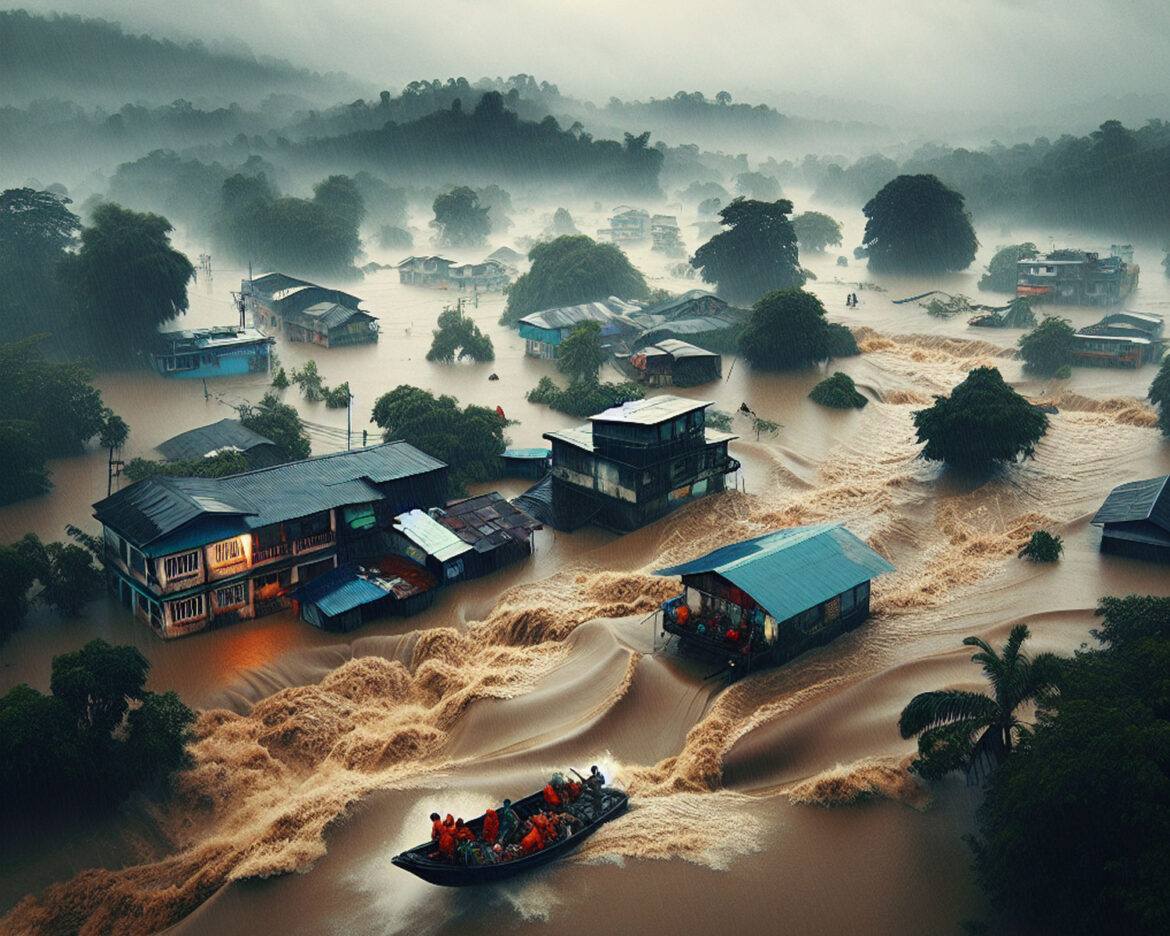Kathmandu, Nepal – Search and rescue teams combed through the wreckage of homes in Nepal’s capital on Monday, following devastating monsoon floods that have claimed the lives of at least 192 people across the Himalayan nation. With the waters receding, the urgent focus has turned to finding those still missing and providing assistance to those affected.
The monsoon season, which typically runs from June to September, brings with it deadly floods and landslides throughout South Asia. However, experts warn that climate change is exacerbating the severity of these disasters. This year, the region experienced its heaviest rainfall in over two decades, inundating entire neighborhoods in Kathmandu and temporarily isolating the capital from the rest of the country as landslides blocked key highways.
“Our focus is on search and rescue, including people who have been stranded on highways,” stated Rishi Ram Tiwari, spokesman for Nepal’s home ministry, in an interview with AFP. He confirmed that “192 people have been reported dead, and another 31 are missing.”
Among the casualties, at least 35 individuals were tragically buried alive when a landslide struck vehicles on a highway south of Kathmandu, according to Nepal Police spokesman Dan Bahadur Karki.
Rescue efforts have seen teams, equipped with knee-high rubber boots and shovels, working tirelessly to clear mud from the most severely impacted riverside neighborhoods, many of which are unauthorized slum settlements. The International Centre for Integrated Mountain Development, a think tank based in Nepal, noted that unplanned urban development around the Bagmati River has significantly worsened the disaster’s impact.
In response to the crisis, Nepal’s army reported that over 4,000 individuals have been rescued, utilizing helicopters, motorboats, and rafts to bring stranded families to safety. Bulldozers are actively clearing nearly two dozen sections of major highways leading into Kathmandu, which remain obstructed by debris.
As the nation grapples with the aftermath of this tragedy, the urgent need for better disaster preparedness and climate resilience has never been clearer. The government and international organizations continue to coordinate relief efforts to support those affected by this devastating event.



